Navratri, a vibrant and spiritually significant Hindu festival, marks the nine divine nights of worship dedicated to the goddess Durga and her various forms. On the very first day of this grand celebration, devotees across the world bow down in reverence to Devi Shailputri, one of the most celebrated forms of Devi Durga.
The name ‘Devi Shailputri’ is derived from two Sanskrit words: ‘Shail,’ meaning mountains, and ‘Putri,’ meaning daughter. Together, it translates to ‘the daughter of the mountains.’ She is also lovingly referred to as Mata Sati Bhavani, Goddess Parvati, and Maa Hemavati. In the hierarchy of the Navratri goddesses, she is known as ‘Pratham Shailputri,’ the first Devi to be worshipped during this auspicious festival.
The Origins of Devi Shailputri
Devi Shailputri’s tale of origin symbolizes strength, devotion, and sacrifice. In her previous birth, she was the beloved daughter of King Daksha, named Sati. Her life took a significant turn when she married Lord Shiva, a union disapproved of by her father, King Daksha. This disapproval fueled Daksha’s anger, ultimately leading to a tragic turn of events.
King Daksha, in a bid to humiliate Lord Shiva, organized a grand Yagna (sacrificial ritual) but deliberately excluded Lord Shiva and Sati from the guest list. Despite Lord Shiva’s advice against attending the Yagna, Sati was determined to reunite with her parents. Her longing for her family overcame her spouse’s warnings, and she decided to attend the Yagna.
Upon reaching the Yagna, Sati was met with disrespect and humiliation as King Daksha insulted Lord Shiva in front of the gathered guests. Unable to bear the affront to her beloved, Sati immolated herself in the fire of the Yagna. Her sacrifice and devotion would later lead her to be reborn as the daughter of Himavat, the ruler of the Himalayas, and named her Himavati or Parvati. Just as in her previous life, she would once again unite with Lord Shiva in wedlock.
Iconic Features of Devi Shailputri
Devi Shailputri is often depicted with a serene visage, seated atop a divine bull, Nandi. Her distinctive features include a crescent moon adorning her forehead, and she gracefully holds a trident in her right hand and a lotus flower in her left.
As the first and foremost goddess of Navratri, Maa Shailputri holds a special place in devotees’ hearts. She is believed to govern the planet Moon and is revered as the embodiment of Mother Nature herself. Worshiping her with unwavering devotion is believed to dispel the negative influences associated with the Moon.
Rituals and Significance of Worshiping Maa Shailputri
The commencement of Navratri is marked by the sacred ritual of ‘Ghatasthapana,’ symbolizing the manifestation of Earth and all its elements. The ritual involves the placement of seven types of soil, known as ‘Saptmritika,’ in an earthen pot. These soils are then sown with seven types of grains and barley seeds, and the soil is kept moist with sprinkled water.
In the Ghatasthapana ceremony, a Kalash filled with holy water (Gangajal) is adorned with Akshat, coins, Durva leaves, and five mango leaves placed in a circular pattern around its rim. This Kalash is then placed within the earthen pot containing the sown grains. Devotees invoke Goddess Durga in the form of Shailputri, chanting the Pratham Shailputri Mantra, “Om Devi Shailputryai Swaha,” 108 times.
Devotees also recite hymns like “Vande Vanchhit Laabhaay, Chandrardhkritshekharaam” to seek blessings and express their devotion. Afterward, the Panchopchara Pooja, involving five sacred offerings, is performed, including lighting a ghee lamp, burning dhoop sticks, offering flowers and scents, and presenting Naivedhya, a mixture of fruits and sweets.
Benefits of Worshiping Maa Shailputri
Worshiping Maa Shailputri is believed to bestow several blessings, including:
Warding off malefic effects of the Moon.
Promoting peace, harmony, and overall happiness.
Guarding against diseases and negative energy.
Strengthening the bond of love between married couples.
Offering stability, success in careers, and business endeavors.
Mantras for Devi Shailputri
To deepen your connection with Devi Shailputri, here is her mantra:
Shailputri Mata Mantra:
Sanskrit: ॐ देवी शैलपुत्र्यै नमः॥
English: Om Devi Shailaputryai Namah॥
Prarthana (Prayer):
Sanskrit: वन्दे वाञ्छितलाभाय चन्द्रार्धकृतशेखराम्।
वृषारूढां शूलधरां शैलपुत्रीं यशस्विनीम्॥
English: Vande Vanchhitalabhaya Chandrardhakritashekharam।
Vrisharudham Shuladharam Shailaputrim Yashasvinim॥
Stuti (Praise):
Sanskrit: या देवी सर्वभूतेषु माँ शैलपुत्री रूपेण संस्थिता। नमस्तस्यै नमस्तस्यै नमस्तस्यै नमो नमः॥
English: Ya Devi Sarvabhuteshu Maa Shailaputri Rupena Samsthita।
Namastasyai Namastasyai Namastasyai Namo Namah॥
Dhyana (Meditation):
Sanskrit: वन्दे वाञ्छितलाभाय चन्द्रार्धकृतशेखराम्।
वृषारूढां शूलधरां शैलपुत्रीं यशस्विनीम्॥
पूणेन्दु निभाम् गौरी मूलाधार स्थिताम् प्रथम दुर्गा त्रिनेत्राम्।
पटाम्बर परिधानां रत्नाकिरीटा नामालंकार भूषिता॥
प्रफुल्ल वन्दना पल्लवाधरां कान्त कपोलाम् तुगम् कुचाम्।
कमनीयां लावण्यां स्नेमुखी क्षीणमध्यां नितम्बनीम्॥
English: Vande Vanchhitalabhaya Chandrardhakritashekharam।
Vrisharudham Shuladharam Shailaputrim Yashasvinim॥
Punendu Nibham Gauri Muladhara Sthitam Prathama Durga Trinetram।
Patambara Paridhanam Ratnakirita Namalankara Bhushita॥
Praphulla Vandana Pallavadharam Kanta Kapolam Tugam Kucham।
Kamaniyam Lavanyam Snemukhi Kshinamadhyam Nitambanim॥
Stotra (Hymn):
Sanskrit: प्रथम दुर्गा त्वंहि भवसागरः तारणीम्।
धन ऐश्वर्य दायिनी शैलपुत्री प्रणमाम्यहम्॥
त्रिलोजननी त्वंहि परमानन्द प्रदीयमान्।
सौभाग्यरोग्य दायिनी शैलपुत्री प्रणमाम्यहम्॥
चराचरेश्वरी त्वंहि महामोह विनाशिनीं।
मुक्ति भुक्ति दायिनीं शैलपुत्री प्रणमाम्यहम्॥
English: Prathama Durga Tvamhi Bhavasagarah Taranim।
Dhana Aishwarya Dayini Shailaputri Pranamamyaham॥
Trilojanani Tvamhi Paramananda Pradiyaman।
Saubhagyarogya Dayini Shailaputri Pranamamyaham॥
Charachareshwari Tvamhi Mahamoha Vinashinim।
Mukti Bhukti Dayinim Shailaputri Pranamamyaham॥
Kavacha (Armor):
Sanskrit: ॐकारः में शिरः पातु मूलाधार निवासिनी।
हींकारः पातु ललाटे बीजरूपा महेश्वरी।
श्रींकार पातु वदने लावण्या महेश्वरी।
हुंकार पातु हृदयम् तारिणी शक्ति स्वघृत।
फट्कार पातु सर्वाङ्गे सर्व सिद्धि फलप्रदा॥
English: Omkara Mein Shirah Patu Muladhara Nivasini।
Himkara Patu Lalate Bijarupa Maheshwari॥
Shrimkara Patu Vadane Lavanya Maheshwari।
Humkara Patu Hridayam Tarini Shakti Swaghrita।
Phatkara Patu Sarvange Sarva Siddhi Phalaprada॥
Aarti (Devotional Song):
(Verse 1)
शैलपुत्री माँ बैल असवार। करें देवता जय जय कार॥
शिव-शंकर की प्रिय भवानी। तेरी महिमा किसी ने न जानी॥
(Verse 2)
पार्वती तू उमा कहलावें। जो तुझे सुमिरे सो सुख पावें॥
रिद्धि सिद्धि परवान करें तू। दया करें धनवान करें तू॥
(Verse 3)
सोमवार को शिव संग प्यारी। आरती जिसने तेरी उतारी॥
उसकी सगरी आस पुजा दो। सगरे दुःख तकलीफ मिटा दो॥
घी का सुन्दर दीप जला के। गोला गरी का भोग लगा के॥
(Verse 4)
श्रद्धा भाव से मन्त्र जपायें। प्रेम सहित फिर शीश झुकायें॥
जय गिरराज किशोरी अम्बे। शिव मुख चन्द्र चकोरी अम्बे॥
मनोकामना पूर्ण कर दो। चमन सदा सुख सम्पत्ति भर दो॥
Translation:
(Verse 1)
Devi Shailputri, riding on a divine bull,
We sing your praises, O Devi, with devotion and full.
Beloved of Lord Shiva, you hold a sacred grace,
Your magnificence, unnoticed by many, we embrace.
(Verse 2)
Parvati, Uma, you’re lovingly named,
Those who remember you, blessings are proclaimed.
Bestowing wealth, prosperity, and might,
With your grace, our lives are ever bright.
(Verse 3)
On Mondays, in Shiva’s loving care,
With this Aarti, we offer our heartfelt prayer.
May all sorrows and troubles swiftly depart,
As we light the ghee lamp with a pure heart.
(Verse 4)
Chanting your mantra with devotion and love,
We bow our heads, seeking blessings from above.
Hail, Giriraj Kishori, Amba so divine,
Grant our wishes, let happiness and wealth shine.

Navchandi Maha Puja at Rudralife
Navchandi Maha Puja is a special nine-day celebration organized during Navratri, with precise timings guided by the auspicious Muhurat.
Our dedicated team of two pandits, under the planetary influence of Ketu, will lead you through this divine journey. Navratri, an ode to the nine forms of Adi Shakti Devi Durga, embodies profound spiritual significance. This festival, following the lunar calendar, signifies the arrival of both spring and autumn.
Each day, we pay homage to one of Devi Durga’s incarnations, commencing with Devi Shailputri and concluding in grandeur on the tenth day. These rituals, prayers, and introspection encourage new beginnings and spiritual purification.
As a special note, we cherish Rudraksha beads, particularly the 9 Mukhi Rudraksha, believed to carry Devi Durga’s blessings. Wear or gift these beads during Navratri for spiritual elevation.
Our comprehensive Puja includes various rituals, such as Abhishek, Mantra Japa, Homam, and Aarti, to seek the blessings of Devi Durga and invoke her divine grace for prosperity and spiritual growth.
To watch this year’s LIVE Devi Shailputri Puja , click here.
If you wish to organize a Sankalp Puja for yourself or participate in the upcoming Pujas, message us via WhatsApp on +91-72088 19922.







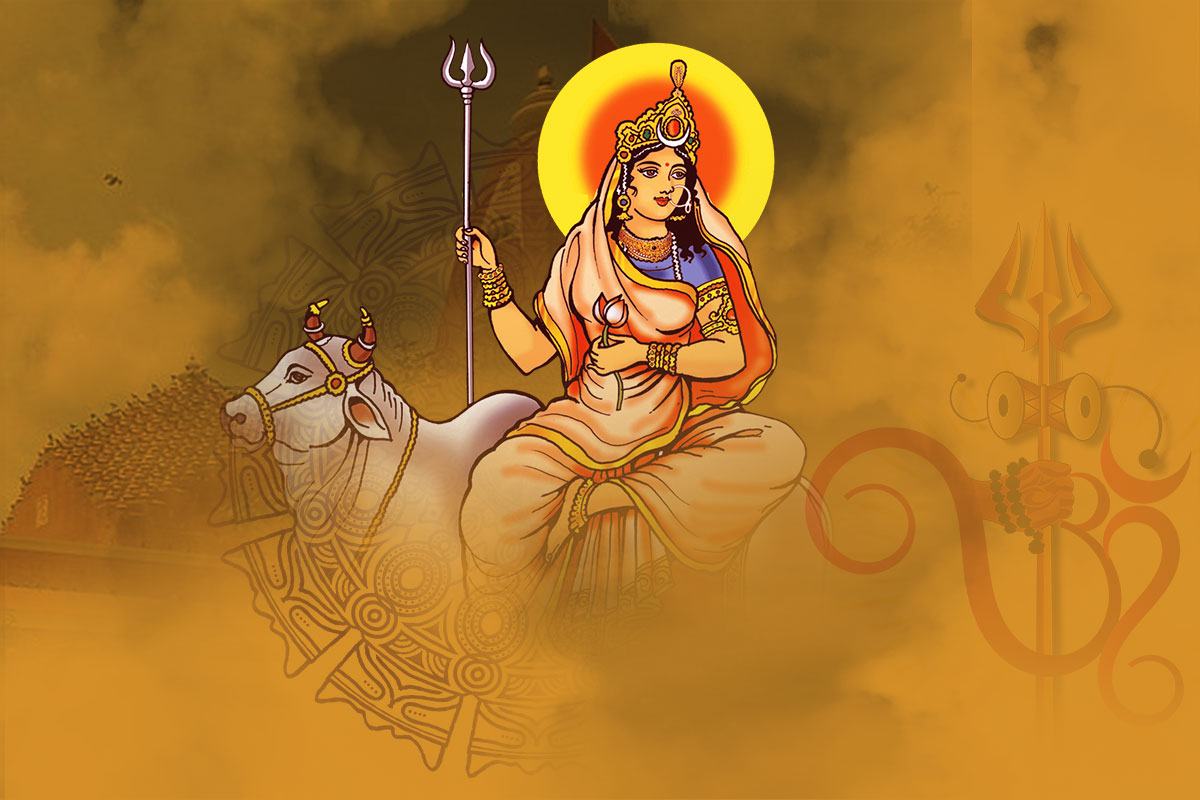





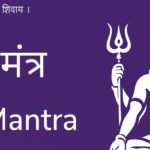
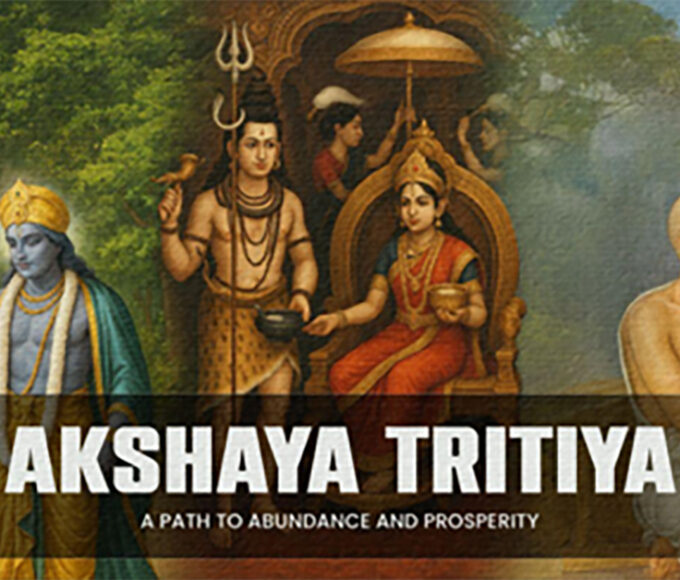
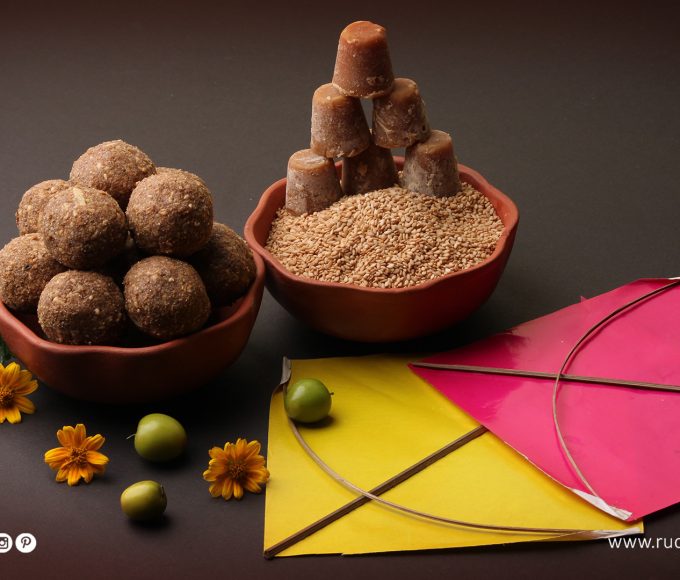
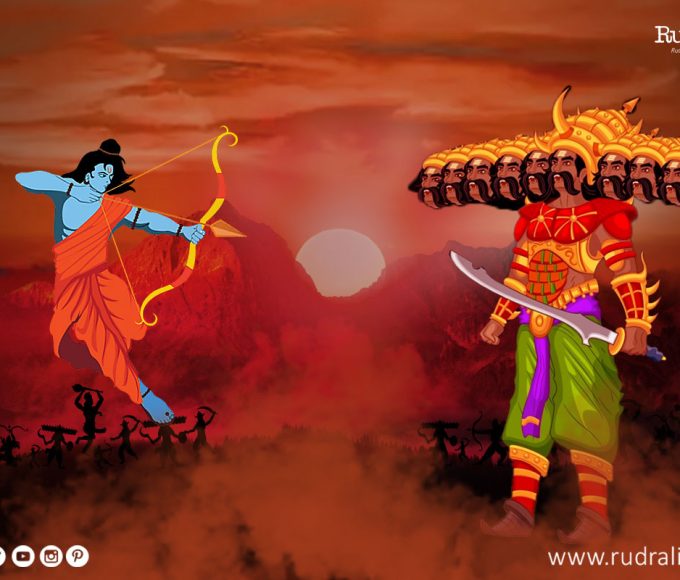

Leave a comment